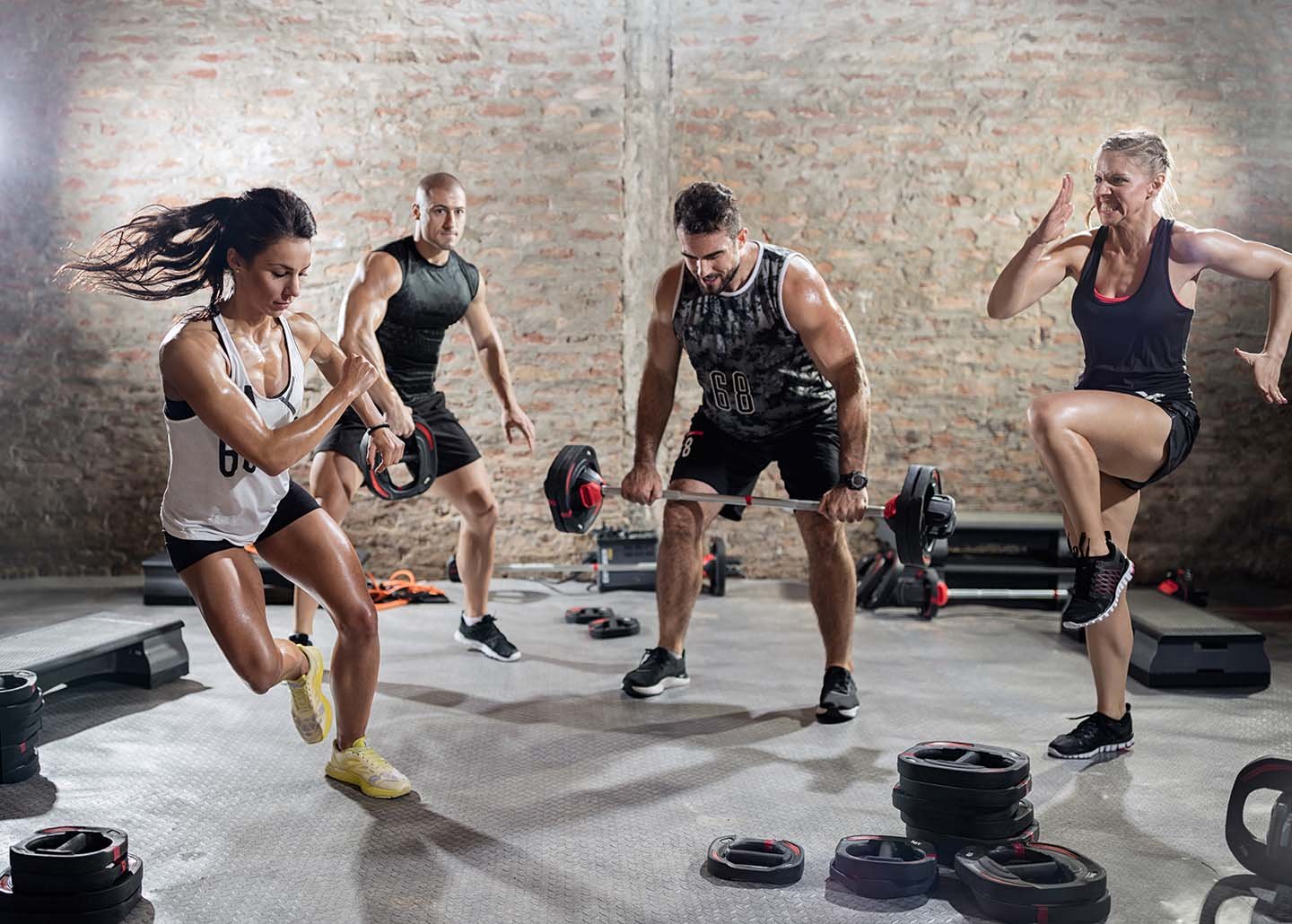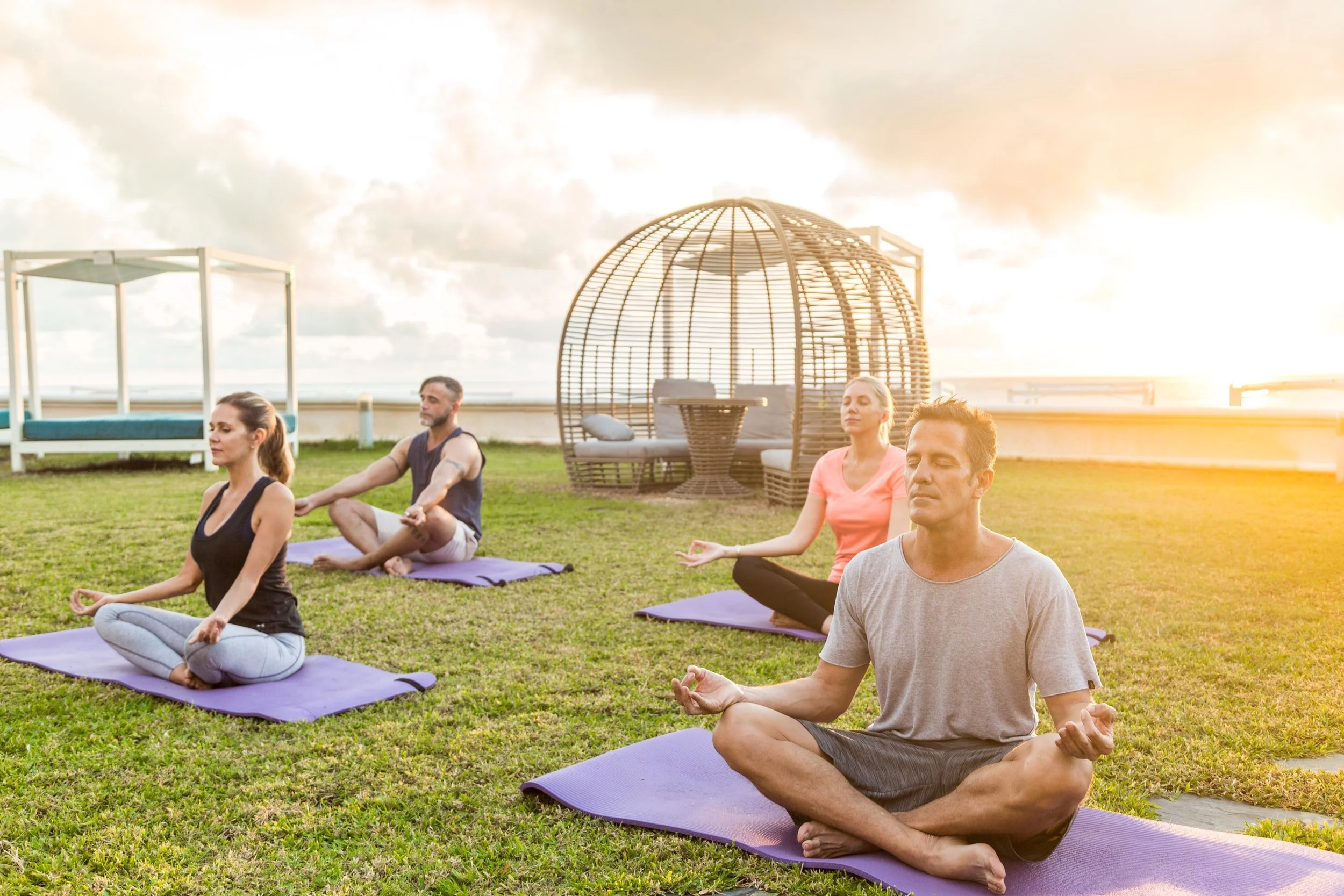How not to damage your knee joints during exercise
HOW TO NOT DAMAGE KNEE JOINTS DURING TRAINING
According to statistics, one out of three knee joints is injured in people aged 30 and over. The causes of injury are varied: improper cycling, steep stairs, wet floors, slippery sidewalks - the list of hazards is long and we will not list them all. Of course, exercise brings constant benefits to the body. They help strengthen the heart and other internal organs. Sometimes training can lead to injury. According to trainers, 90% of all newbies are candidates for injury, since it is difficult to know how great of a load they can handle. We will now tell you how to avoid this.
In order to avoid injury during exercise, it is recommended to adhere to the following tips:
Before training, warm up well, prepare your knee joints for heavy loads.
Choose comfortable clothes and shoes.
Do not bend and unbend your knees too much. Pay attention to every move.
Alternate between different exercises.
Don't overcool your knees.
By following these tips, you are more likely to reduce your risk of injury.
If you feel soreness in the knee area, consult a doctor. They will prescribe a set of tests, on the basis of which the most appropriate treatment method will be prescribed.
Be sure to warm up well.
It is very important to warm up before any workout. If we don't warm up, we risk injuring our knees, feet, and spine. Example: A person is late for a workout, runs to the gym and immediately joins the class, resulting in twisting an ankle because their joints are not ready for active movements without a warm-up. Warm-up improves microcirculation in joints and ligaments, making them more elastic.
2. Do not lift too much weight.
Many very diligent athletes like to squat above their working weight. This is a direct road to injury. Often, at the end of a workout, a person suddenly decides to become a hero and do ten more exercises, forgetting about technique and smoothness. If he lifts more than he can manage, his cruciate ligaments stretch and even tear. To prevent this from happening, some athletes use elastic bandages around the knees to secure the joint. This helps keep your joints safe, but the dressings pinch the veins, so be careful with them.
3. Alternate the treadmill with elliptical machines.
To protect your knees, start cardio with walking, don't immediately run on a treadmill, especially if you're overweight. If you want to increase the load, simply change the incline of the treadmill, not the speed. It is good to alternate the treadmill with elliptical trainers. The ellipse gives a softer load on the joints.
4. Swim without fins.
To minimize the stress on your knees in the pool, swim without fins. Many people like to swim in fins or aqua aerobics boots for two to three hours, and the ligaments and cartilage of the knee are not ready for many hours of water resistance. Even an hour-long aqua aerobics class is already an overload. After water strength training, you must definitely give your legs a rest.
5. Do not overcool your knees.
Many skiers and cyclists ride in freezing temperatures without a knee warmer. If your knees are not insulated, they can easily freeze. Cold causes the blood vessels to constrict, blood circulation is impaired, and the joint can become inflamed. Knees need to be insulated.
6. Do not straighten your knees completely
In oriental dances and martial arts, the knees should always be “soft”, that is, half-bent, because in dance, as in running, the weight of the body is transferred to the knees. By bending them, we create cushioning. In addition, there are many twists in the dances, during which the leg must also be “soft”. Otherwise, one wrong turn - and you are provided with a stretched ligament or a cracked meniscus.
7. Choose the most bouncy surface for running.
Running on the ground is better than on asphalt, and on asphalt is better than on concrete. A kilometer of running means 400-500 hits with each foot on the surface, so cushioning is necessary. A treadmill or stadium surface works best.
8. Choose the right shoes.
Running shoes should be lightweight, with a thick, cushioning sole. If the shoes do not take on the load, then it goes to the lower leg, knee, as well as the buttocks and spine. Those who run more than 40 km per week should change their shoes every two to three months. Otherwise, the air spaces "deflate" and the shoe stops cushioning the foot. If less than 40 km, sneakers must be changed every six months.
9. You should follow proper running technique
When running, the foot should touch the ground with its wide front part. Otherwise, the stress on the ankle and knees increases. When you run for a split second, you are carrying triple weight on one leg. That is, if you weigh 80 kg, then the load on one leg is 240 kg. And if you run from the heel, you will immediately get injured.
Do not forget to take care of your knees after intense training: a bath and a warm compress at night - your health is definitely worth the trouble.















